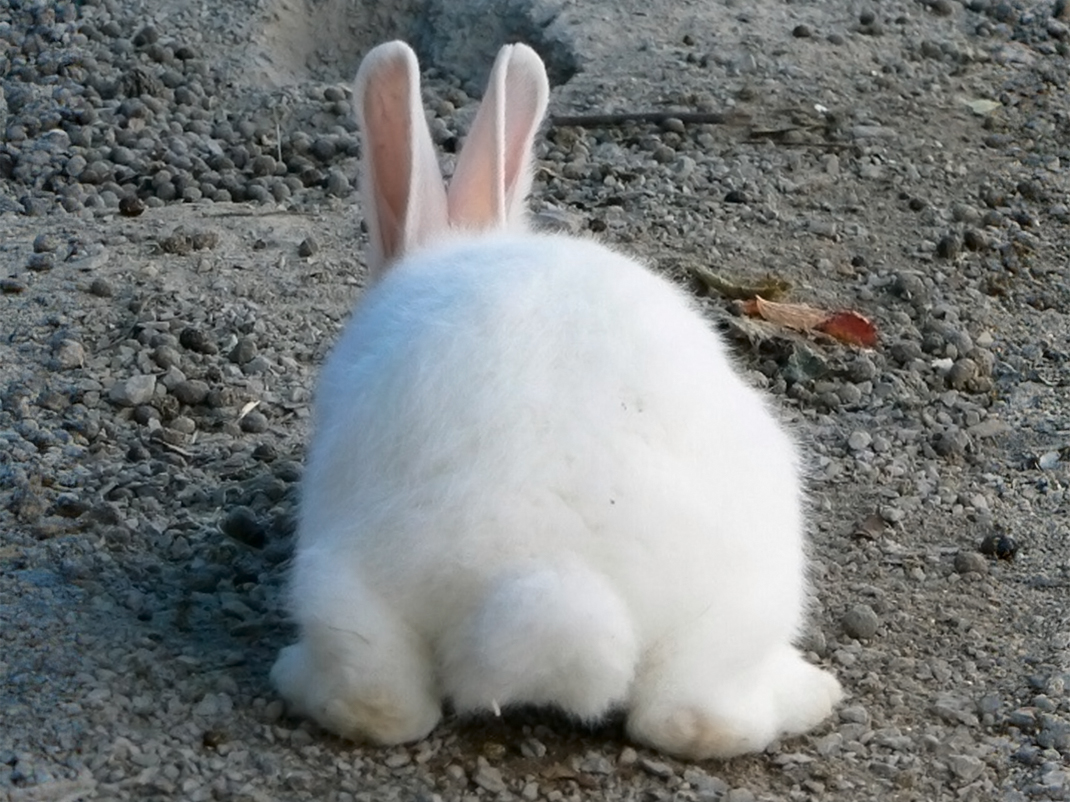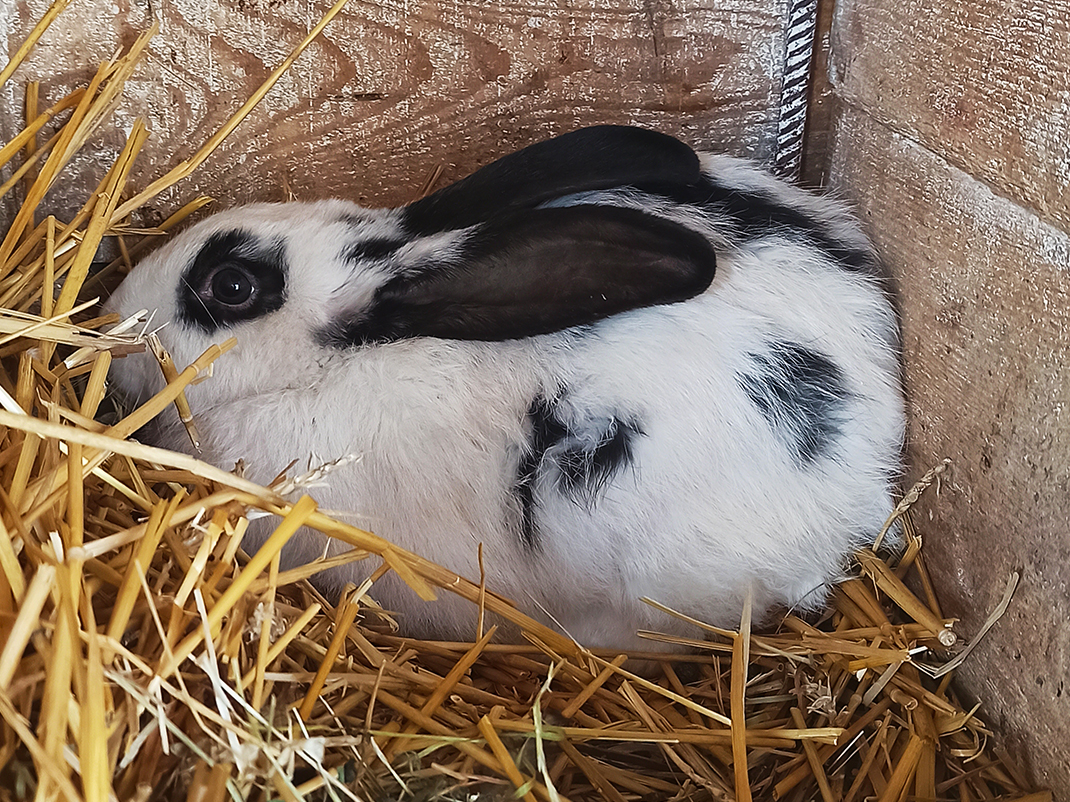Buddy rabbit
JK to Grade 1 (Ontario)
Preschool to elementary cycle 1 (Quebec)
Learn about rabbits in your classroom or at home with these fun educational activities. What do rabbits need, what are they like, how are they different from us? All these questions are answered in this kit.
Please note that all printable activity PDFs are located at the bottom of this page.
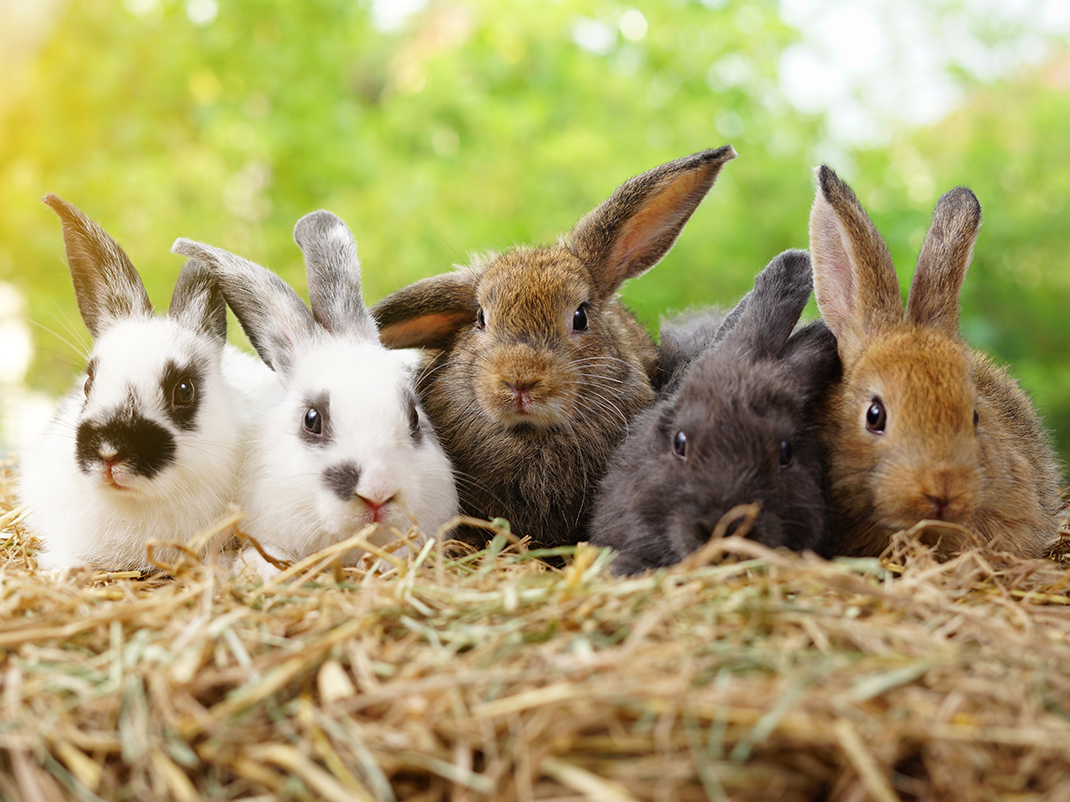
Share :
Science and technology
Arts
Health and physical activity
Printable PDFs
Science and technology
Rabbit mirrors
The purpose of this activity is to help students realize that, just like them, rabbits react to their environment by modifying their behaviour and movements.
Instructions
- Ask students to share how they would react to various situations. For example, how would they behave if they were afraid? Would they ask their parents to pick them up? Would they hide? Explain that like us, rabbits also react to their environment. When observing a rabbit, we can tell by its behaviour if it is afraid, curious or even hungry. With the students, go over a rabbit’s response to various stimuli. For example, if a rabbit is angry, it will stamp its feet. Other responses might be the following:
- Fear — remains perfectly still
- Fear — flattens ears back on its head fear — hops away
- Curiosity — wrinkles and wiggles nose
- Listening — ears stand straight up and move to and fro
- Group students in pairs. In each pair, have one student play a rabbit, the other a mirror. Each “rabbit” is to move in any way a rabbit might, as long as they stay in one spot, and each “mirror” is to copy the rabbit’s movements as closely as possible. Rabbits and mirrors then switch roles.
Suggestion
To start the activity, you can play the role of the rabbit and have all the students mirror your actions.
Am I alive?
In this child-friendly worksheet, students are asked to colour all the living things.
Please see the printable PDF at the bottom of the page.
The needs of a rabbit
This worksheet asks students to colour the images that represent the basic needs of a rabbit.
Please see the printable PDF at the bottom of the page.
Parts of the body
Humans and rabbits have similar, yet different body parts. This activity asks students to cut out images of parts of the body, and identify which ones belong to humans and rabbits.
Please see the printable PDF at the bottom of the page.
Language
Truth and fiction
Animals are often portrayed as having human characteristics or stereotypical characteristics in books and movies. Read a story book that has a rabbit character in it. Discuss the way the rabbit is depicted. Which aspects are accurate, and which ones are not.
Ask your students if they have seen movies or cartoons with farm animals. Discuss the factual and fictional aspects of animal representations in these.
Book suggestions
- The Hare and the Tortoise, an Aesop fable
- Max and Ruby, by Rosemary Wells
- Runaway Bunny, by Margaret Wise Brown
- A Rabbit’s Gift, by George Shannon
- Bella and the Bunny, by Andrew Larsen
Movies and TV shows with rabbits
- Max and Ruby
- Alice in Wonderland
- Winnie the Pooh
- The Guardians
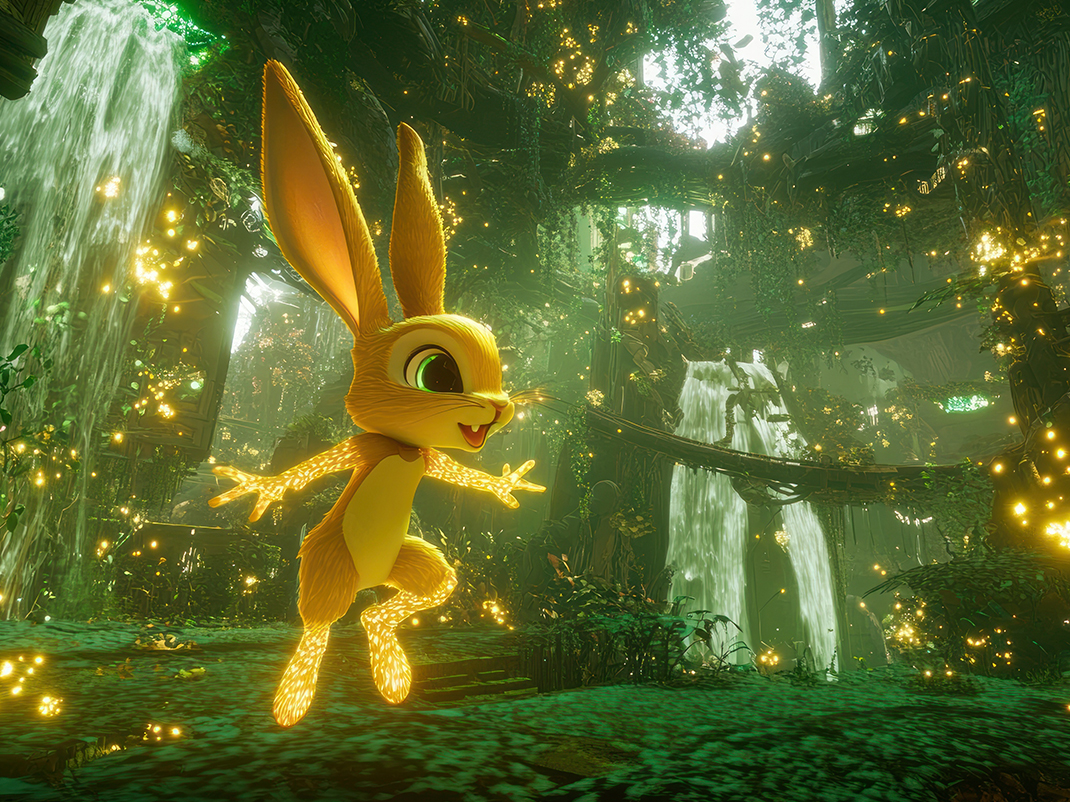
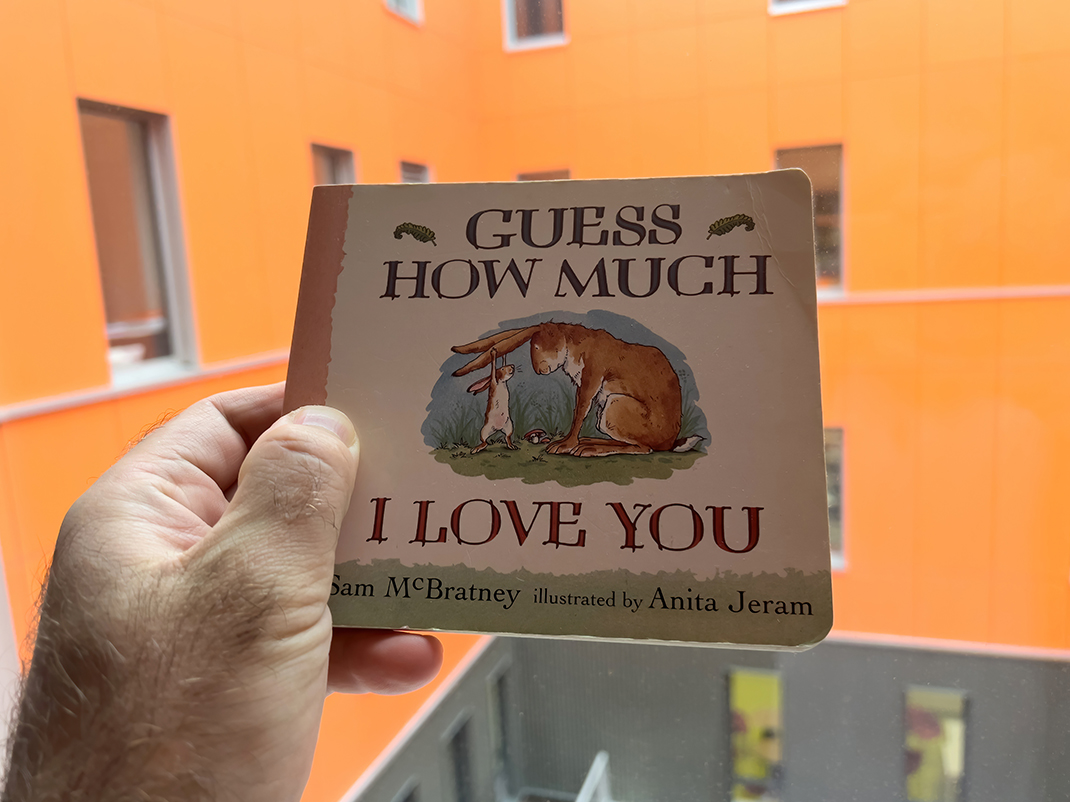
Guess how much I love you
Little Nutbrown Hare wants to tell Big Nutbrown Hare how much he loves him. Guess How Much I Love You by Sam McBratney is a beautiful story that depicts the love of a child for his parents and of parents for their child.
Read the story to your students and follow up with these suggested activities.
Suggestions
- Go over the story with your students. Can they tell how much Little Nutbrown Hare loves Big Nutbrown Hare? Ask students to describe how much they love their parents, their siblings, their friends.
- Have students draw a picture of the people they love and/or of how much they love them.
- Have students make a card for someone special to tell that person how much they love him or her.
- Go over the different examples Little Nutbrown Hare uses to describe how much he loves Big Nutbrown Hare. Highlight how the examples start small and grow bigger and larger. Ask students if they can remember all the examples Little Nutbrown Hare uses to describe his love. Can they think of other examples?
Fill in the blanks
This simple worksheet asks students to fill in the blanks with their animal knowledge.
Please see the printable PDF at the bottom of the page.
Mathematics
Which one is different?
This worksheet asks students to colour the rabbit that is different in each row.
Please see the printable PDF at the bottom of the page.
Connect the rabbits
Students work with numbers up to 5. They must draw a line between a number, and the corresponding illustration of rabbits.
Please see the printable PDF at the bottom of the page.
Math in the garden
In this fun colouring sheet, students are asked to count the number of flowers, ants, butterflies and bees.
Please see the printable PDF at the bottom of the page.
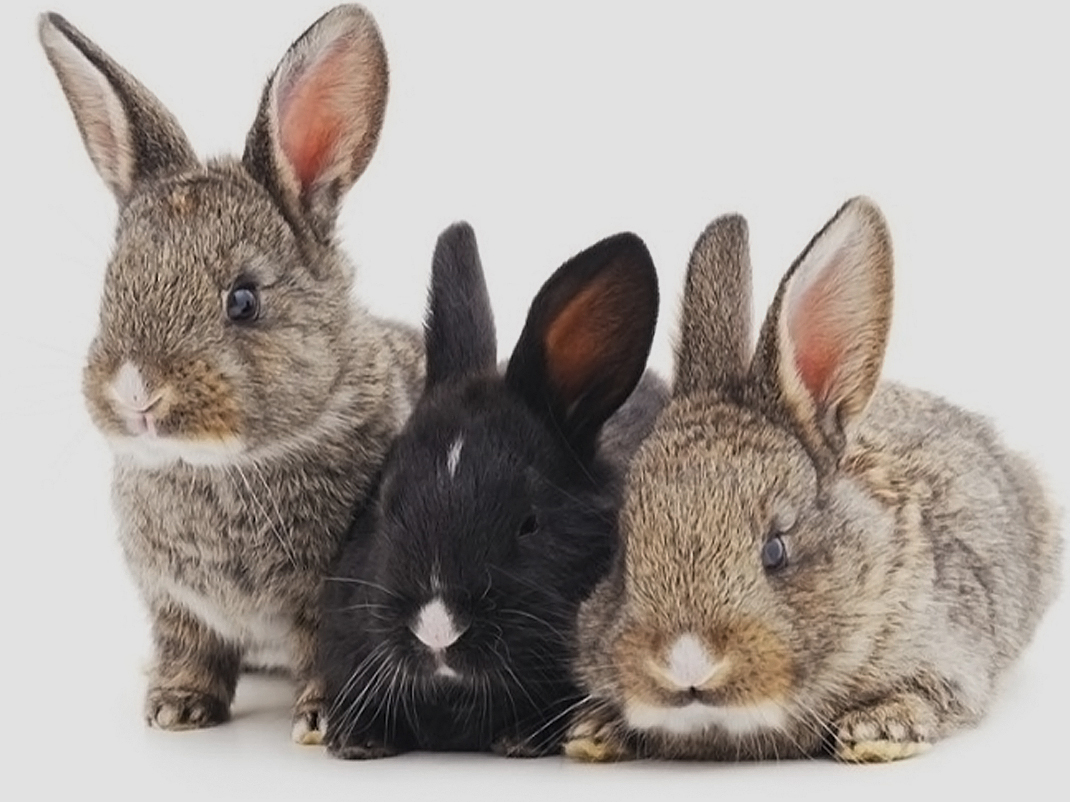
Categorizing: Which one does not belong?
The purpose of this activity is to help students realize that objects can be grouped together differently, based on different characteristics.
Activity
On the next activity sheet, have students circle one object in each row that does not belong with the rest of the objects in the row.
Suggestions
- Discuss how all the circled objects are related to each other, and how together they form a new group of objects that all relate to rabbits:
- Rabbits are small furry animals
- Rabbits have long ears
- Rabbits have four paws
- The Easter Bunny gives out decorated eggs
- Rabbits like to eat carrots
- Students can then cut out the images and sort them into other groups:
- Food
- Clothing
- Living things (plants, animals)
- Plants (trees, fruit, and vegetables)
- Animals
- Use real objects and have the students sort them into groups.
Please see the printable PDF at the bottom of the page.
Arts
Draw a rabbit
Ask students to draw a picture of their favourite rabbit. What is it doing?
Health and physical activity
Hippity hop
This is a fun and active game for children. It develops their concentration, teamwork, and listening skills.
Activity
- Have students sit in a circle
- Divide them into two groups — the rabbits and the hares
- When you call out “rabbits”, all of the students who are rabbits will stand up, hop three times, and then sit back down
- When you call out “hares,” those students do the same
- To challenge the students’ concentration skills, call out the groups randomly instead of alternately
Suggestions
- To add more challenge, add other hopping animals such as frogs, grasshoppers, or kangaroos
- To practise colour recognition, form groups and assign each one a different colour
- For example, some children could be white rabbits, brown rabbits, grey rabbits, or even pink newborn rabbits
- Hold up cards of each of these colours — each group stands and hops as its colour is chosen
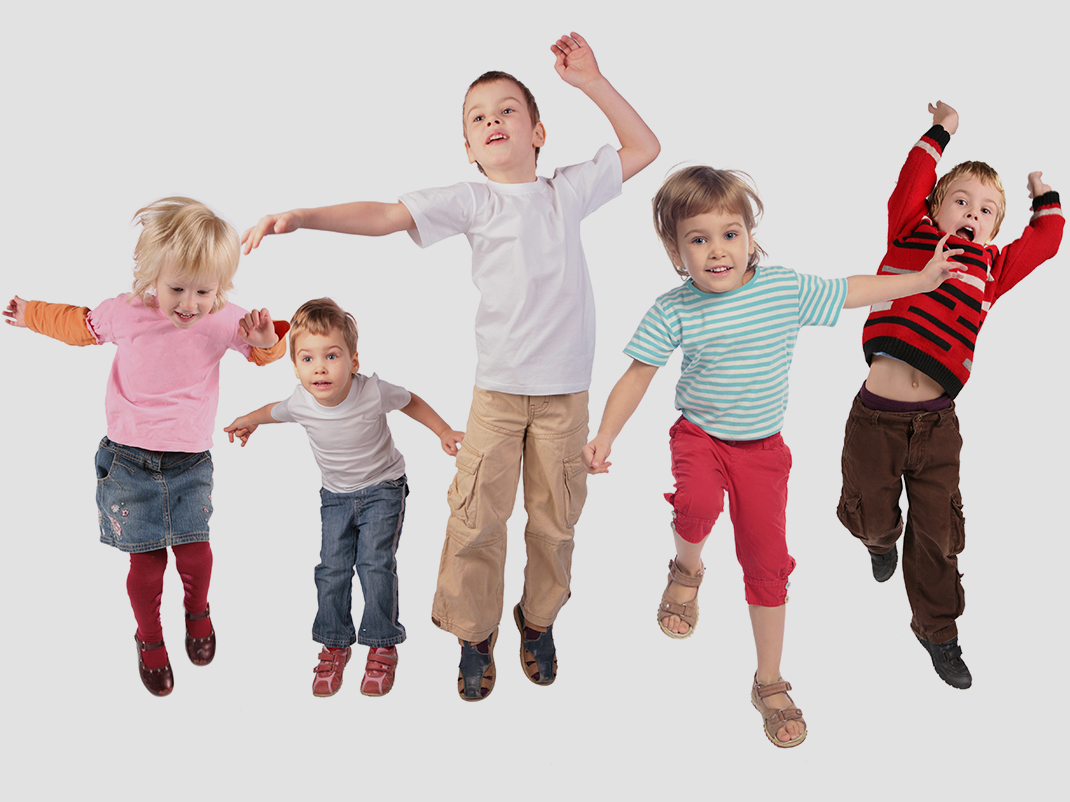
Printable PDFs
-
- Am I alive? (PDF, 283 KB)
- The needs of a rabbit (PDF, 317 KB)
- Parts of the body (PDF, 304 KB)
- Fill in the blanks (PDF, 212 KB)
- Which one is different? (PDF, 316 KB)
- Connect the rabbits (PDF, 233 KB)
- Maths in the garden (PDF, 306 KB)
- Which one does not belong (PDF, 301 KB)
You may also be interested in
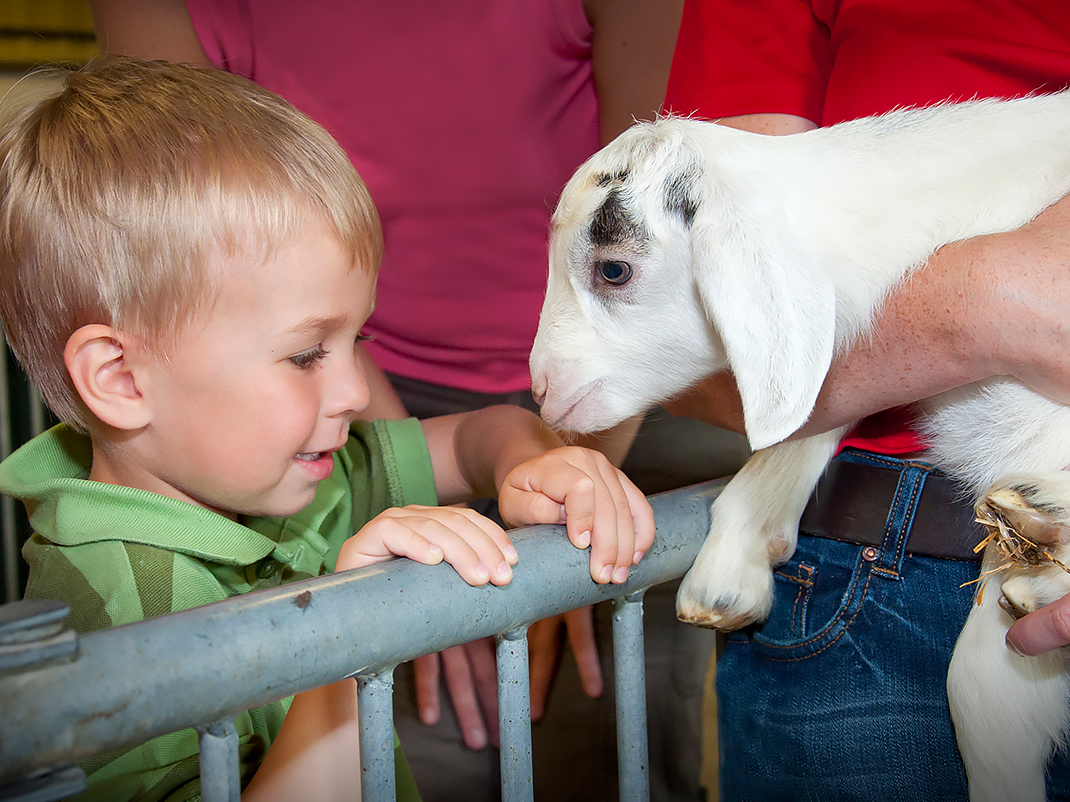
Meet the farm animals field trip
Students will smell, touch, observe, and listen to a variety of farm animals—up close and personal!
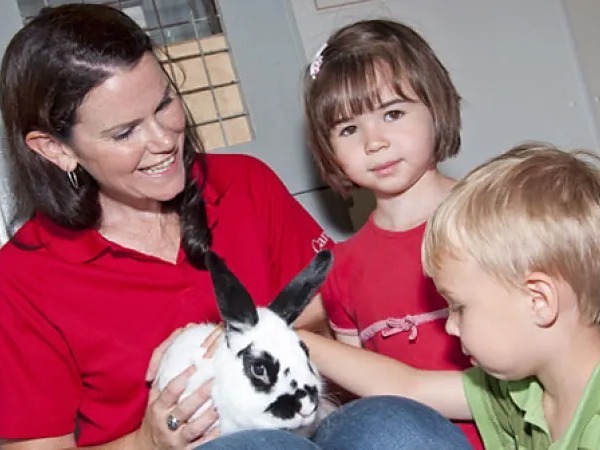
AgVenture: Buddy rabbit
Students will meet a real rabbit from the farm and pet its soft fur, then learn all about these cute creatures through games and investigations.
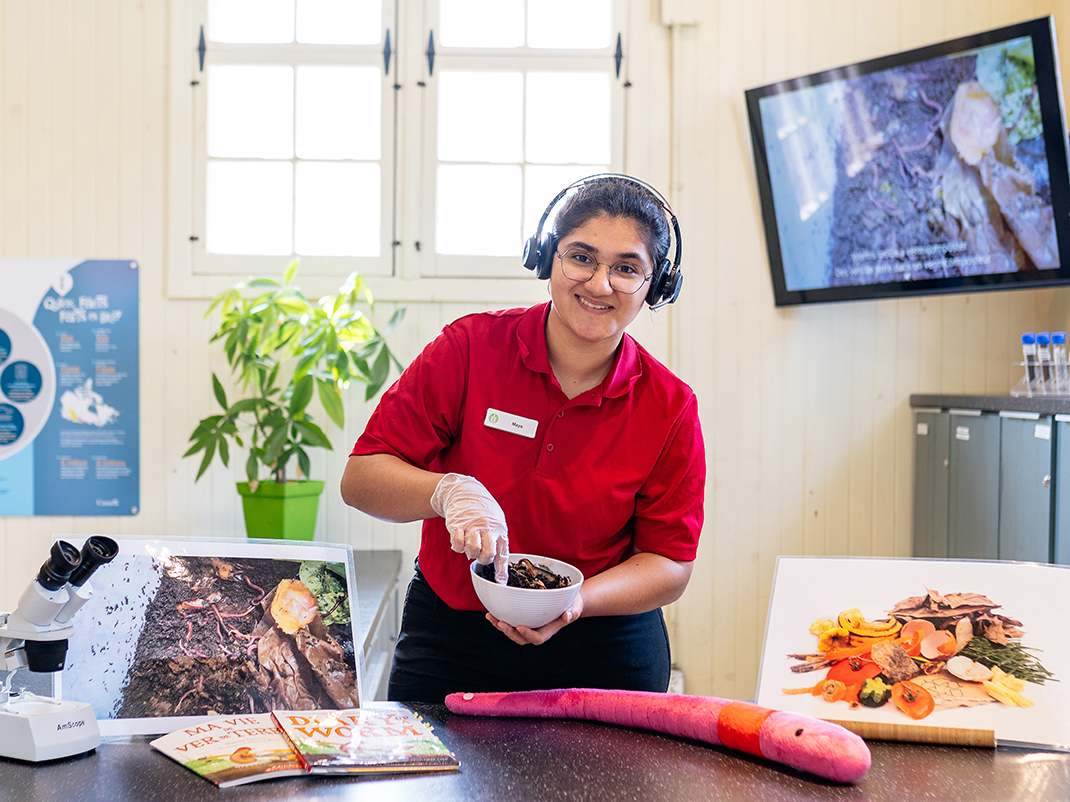
Virtual field trips
Bring the museum to your classroom with bilingual, curriculum-linked programs for all grade levels that allow your students to discover various STEM topics.
